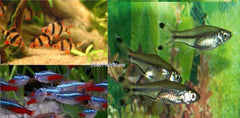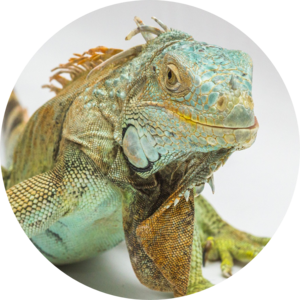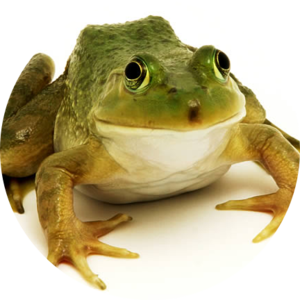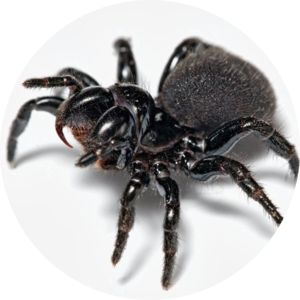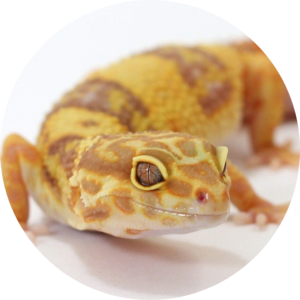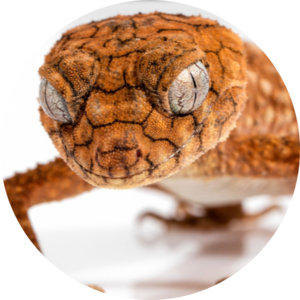X4 Assorted Scat Fish - Sm//Md 1" - 2" Each - Scatophagus Argus

x2 ASSORTED SCAT FISH - SM//MD 1" - 2" EACH - SCATOPHAGUS ARGUS - FREE SHIPPING
Brackish Fish
Schooling Fish Package
They will be scooped out our holding tanks. We cannot guarantee we will be able to scoop ALL different types, but we will try to get a good variety.
Assorted Selection will be from the list below: (There may be duplicates, but we will try to get a variety)
Red Scat
Gree Scat
Silver Scat
Ruby Scat
Spotted Scat
Minimum Tank Size: 125 gallons
Care Level: Moderate
Temperament: Peaceful
Lighting: Moderate
Water Conditions: 68-82° F, KH 8-12, pH 7.5-8.4
Max. Size: 1'
Color Form: Tan, Yellow
Also known as argus fish and spotted scats, scats are one of the most popular species of brackish water aquarium fish. They are characterized by their square shaped and compressed bodies. The scat’s dorsal fins are composed of hard rays which are mildly poisonous. The scat’s body is often silver-green or silver-brown in color and has large black or brownish-red spots.
Scats are extremely peaceful and thrive when kept in large schools of 6 or more fish. Scats can however grow up to 10 inches in length when given adequate space and should therefore be raised in fairly large aquariums. Scats are highly active and enjoy aquariums with large open swimming spaces. In the wild scats inhabit mangroves and other estuaries and prefer aquariums with plenty of plants and hiding spaces. However, scats are known to eat most types of aquarium plants and some aquarists prefer to use artificial plants in the scat’s aquarium. It has been noted that Java Fern is toxic to this species of fish and should not be introduced to the aquarium.
Scats are gregarious eaters and produce a significant amount of waste. They are also extremely sensitive to nitrite levels. Therefore it is important that the scat’s aquarium has adequate filtration and that weekly water changes are carried out.
These fish are extremely peaceful and make excellent additions to most brackish water community aquariums. It is important to remember however that older scats can sometimes prey on smaller tank mates. Scats are also known to devour fecal matter of other fish hence their scientific name Scatophagus which means dung eater.
Feeding
Scats are omnivores and will readily accept most kinds of foods like flakes, algae, brine shrimp, lettuce and dried seaweed.
QUESTIONS & ANSWERS
Have a Question?
Be the first to ask a question about this.






